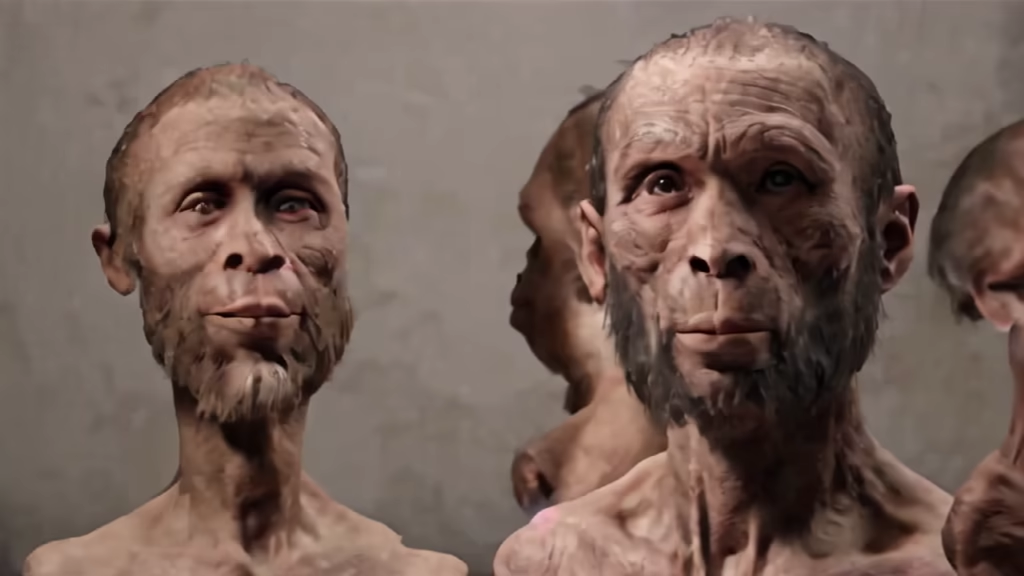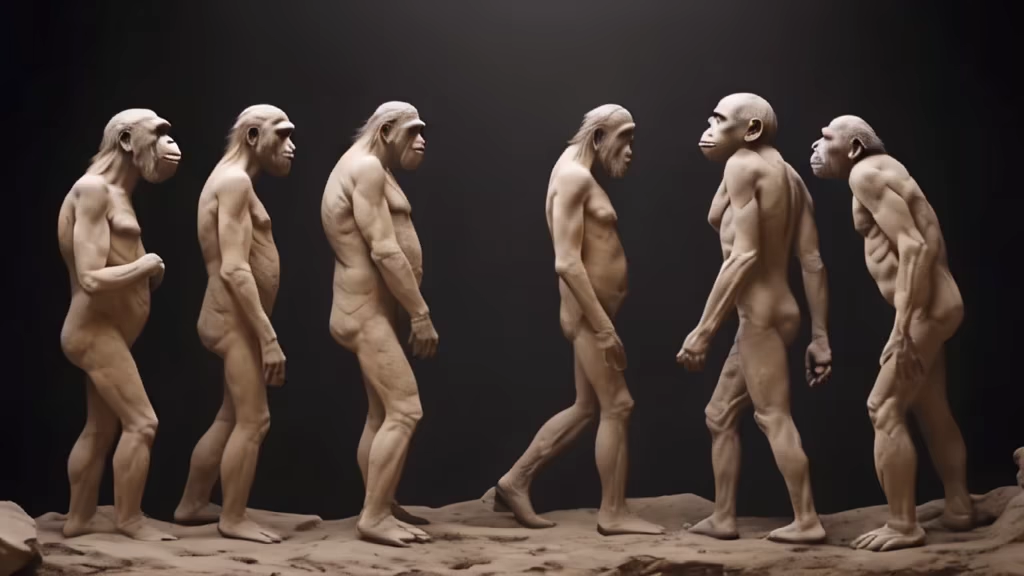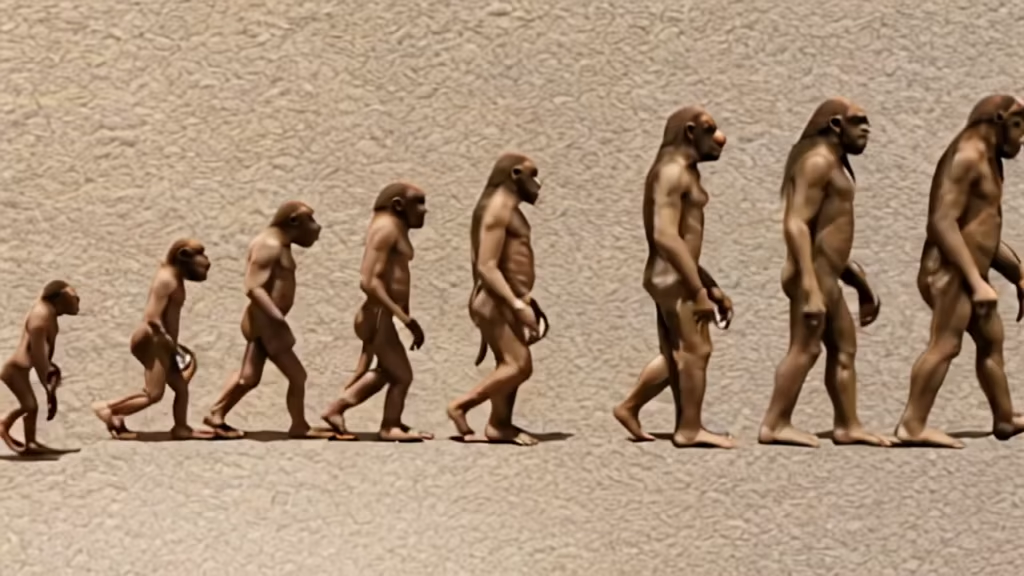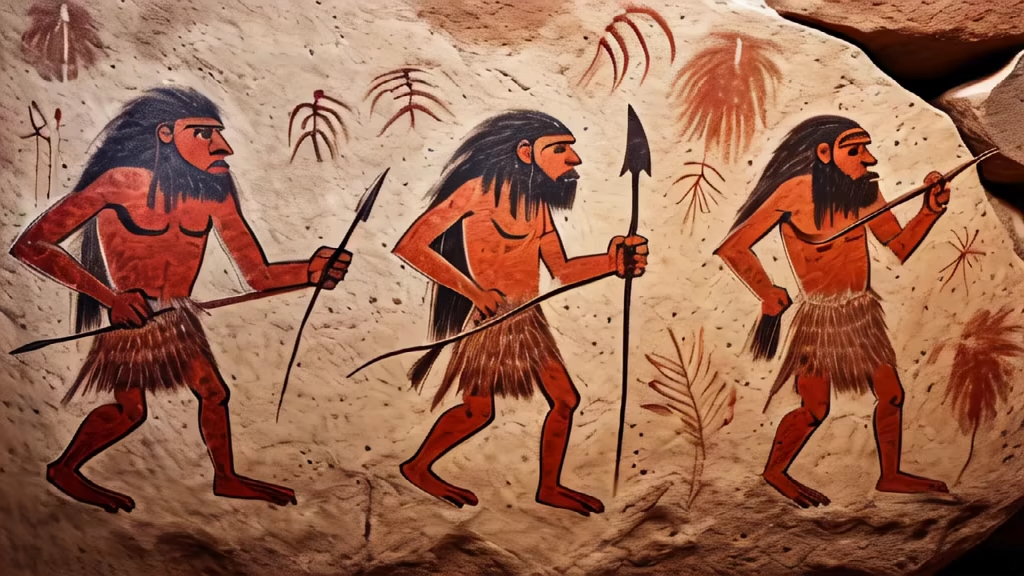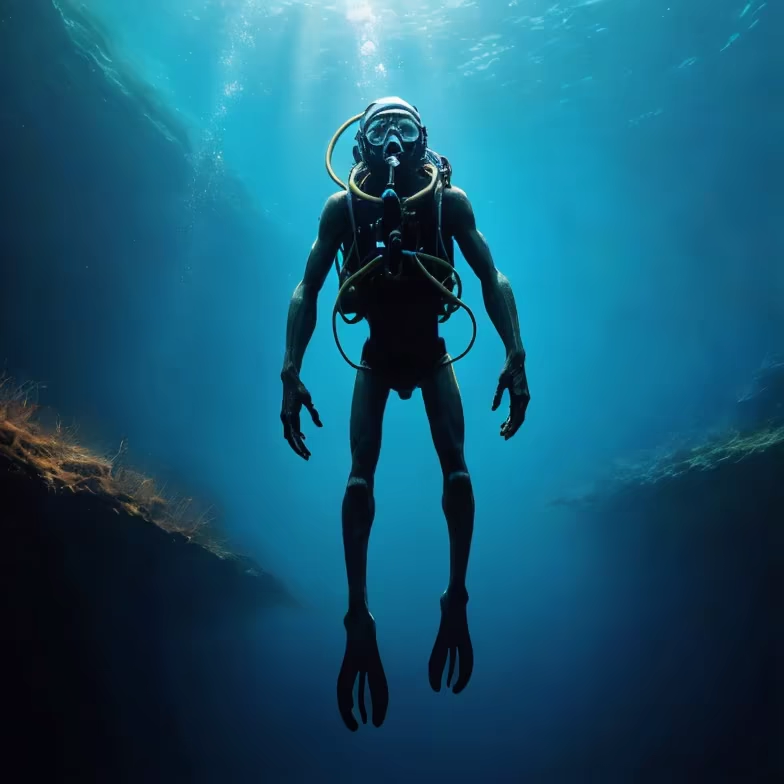





















Prompt: evolution from chimpanzee can be understood by examining the shared ancestry and the subsequent development of distinct traits that have culminated in the modern human species. Around 6-7 million years ago, humans and chimpanzees shared a common ancestor. This common ancestor likely resembled a chimp-like creature with some human-like traits. Over time, due to various environmental and genetic factors, including adaptations to new habitats and changing climates, the species diverged. One of the most notable differences between humans and chimpanzees is bipedalism or walking on two legs. The ability to walk upright is a defining characteristic of the human species and allowed our early ancestors to efficiently navigate the African savannah. This adaptation freed up the hands for other activities like tool use and eventually enabled the development of our sophisticated manual dexterity. Another significant evolution occurred in the brain. Human brains are much larger, relative to body size, compared to chimps. This increased brain size is associated with the development of higher cognitive functions, such as language, complex problem-solving, and rational thinking. The expansion of the brain also coincided with the development of more complex social structures and cultural advancements. Further differences can be observed in physical features such as the structure of the pelvis, limb proportions, and vocal apparatus. The human pelvis is wider and more bowl-shaped, facilitating bipedal locomotion and childbirth. Humans have longer legs relative to arm length compared to chimpanzees, which aids in efficient walking and running. The structure of the vocal apparatus in humans allows for a wide range of speech sounds, enabling complex language and communication. Although humans and chimpanzees have many shared genetic similarities, there have been numerous genetic changes over millions of years to produce the distinct traits observed in humans today. These changes can be attributed to a combination of natural selection, genetic mutations, and environmental pressures. In summary, human evolution from chimpanzee involved key developments such as bipedalism, larger brains, enhanced cognitive abilities, changes in physical features, and the development of complex language and culture. These evolutionary changes have led to the emergence of Homo sapiens as a distinct species, with unique characteristics that separate us from our ape relatives.


Prompt: evolution from chimpanzee can be understood by examining the shared ancestry and the subsequent development of distinct traits that have culminated in the modern human species. Around 6-7 million years ago, humans and chimpanzees shared a common ancestor. This common ancestor likely resembled a chimp-like creature with some human-like traits. Over time, due to various environmental and genetic factors, including adaptations to new habitats and changing climates, the species diverged. One of the most notable differences between humans and chimpanzees is bipedalism or walking on two legs. The ability to walk upright is a defining characteristic of the human species and allowed our early ancestors to efficiently navigate the African savannah. This adaptation freed up the hands for other activities like tool use and eventually enabled the development of our sophisticated manual dexterity. Another significant evolution occurred in the brain. Human brains are much larger, relative to body size, compared to chimps. This increased brain size is associated with the development of higher cognitive functions, such as language, complex problem-solving, and rational thinking. The expansion of the brain also coincided with the development of more complex social structures and cultural advancements. Further differences can be observed in physical features such as the structure of the pelvis, limb proportions, and vocal apparatus. The human pelvis is wider and more bowl-shaped, facilitating bipedal locomotion and childbirth. Humans have longer legs relative to arm length compared to chimpanzees, which aids in efficient walking and running. The structure of the vocal apparatus in humans allows for a wide range of speech sounds, enabling complex language and communication. Although humans and chimpanzees have many shared genetic similarities, there have been numerous genetic changes over millions of years to produce the distinct traits observed in humans today. These changes can be attributed to a combination of natural selection, genetic mutations, and environmental pressures. In summary, human evolution from chimpanzee involved key developments such as bipedalism, larger brains, enhanced cognitive abilities, changes in physical features, and the development of complex language and culture. These evolutionary changes have led to the emergence of Homo sapiens as a distinct species, with unique characteristics that separate us from our ape relatives.
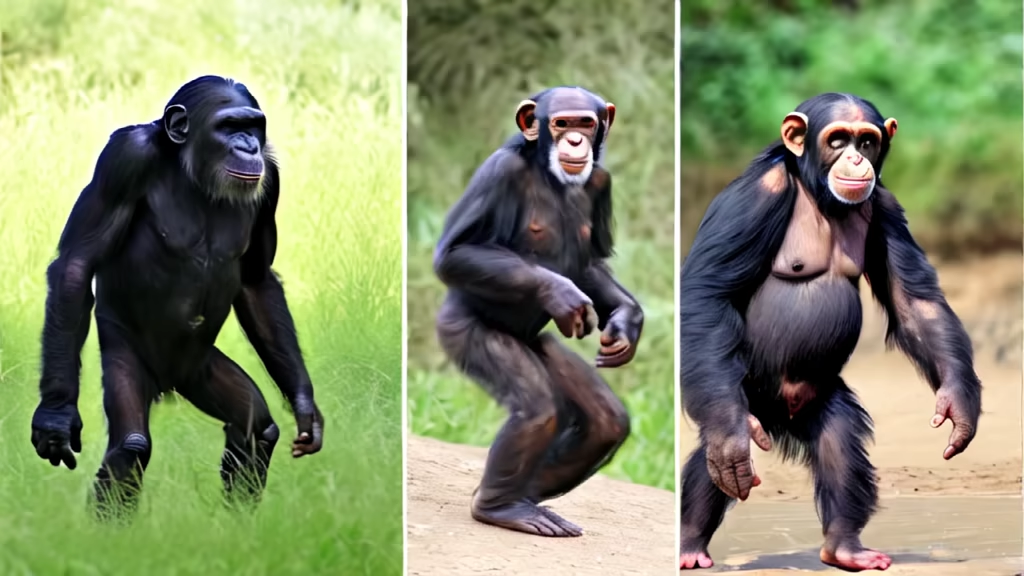
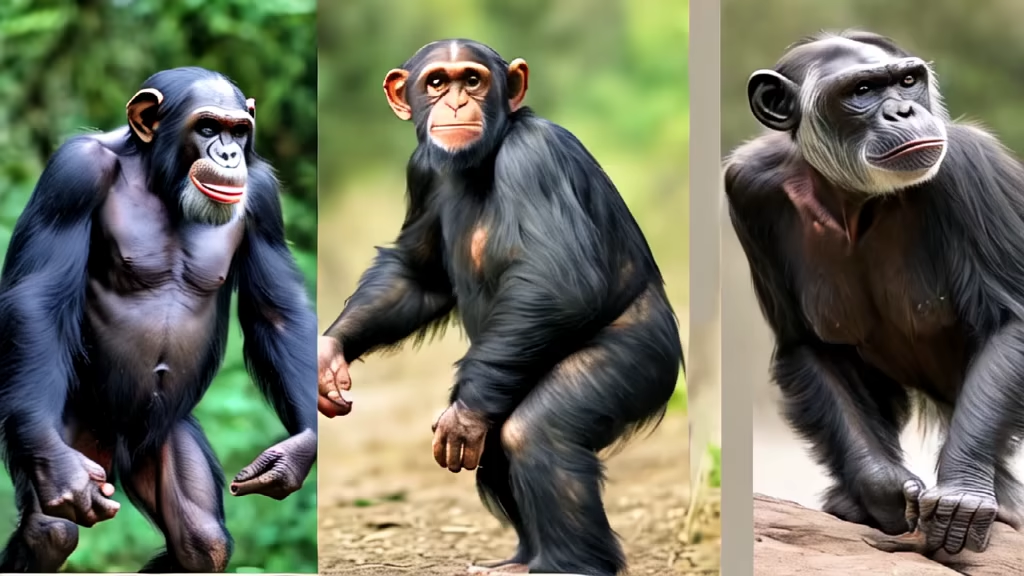












Prompt: a humanoid being approximately 2.38 metres tall. The subject has a low amount of muscle mass, preliminary body mass analyses indicate mild malnutrition. The arms are disproportionately large in relation to the subject's body, each measuring approximately 1.5 metres in length. The skin is largely devoid of pigmentation, and there are no signs of body hair. SCP-096's jaws can open four times wider than normal for the average human. Other facial features are similar to the average human, except for the eyes, which are also devoid of pigmentation. At this point, it is unknown whether or not SCP-096 is blind. He shows no signs of higher brain functions, and his sanity has not been confirmed. SCP-096 is usually extremely calm, pressure sensors in his cell indicate that he spends most of the day strolling along the east wall. However, when anyone sees SCP-096's face-whether directly, on video footage, or even in a photograph-he goes into a state of extreme emotional distress. SCP-096 covers his face with his hands and begins screaming, crying, and mumbling inaudibly. Approximately one to two (1-2) minutes after the initial viewing, SCP-096 runs to the person who saw his face (hereafter referred to as SCP-096-1).

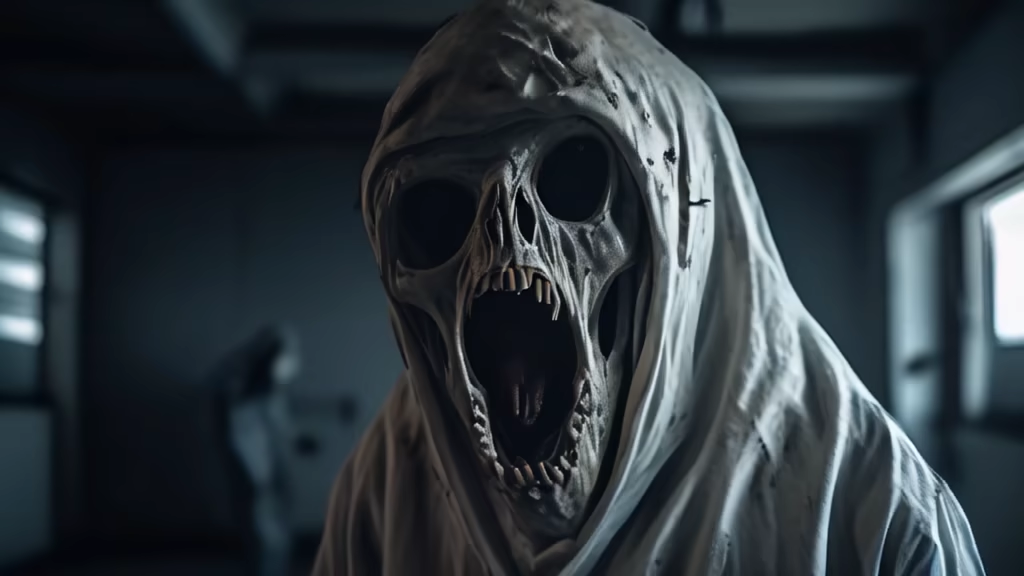



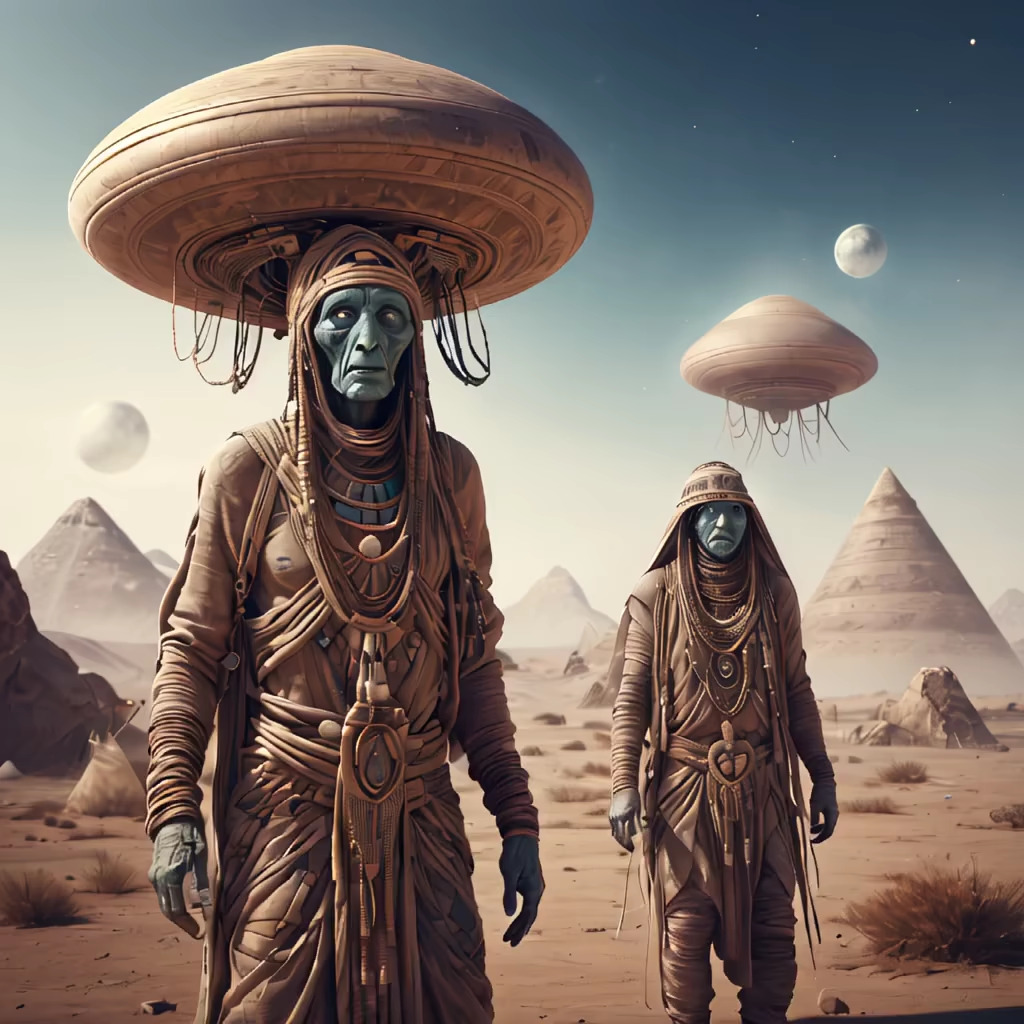












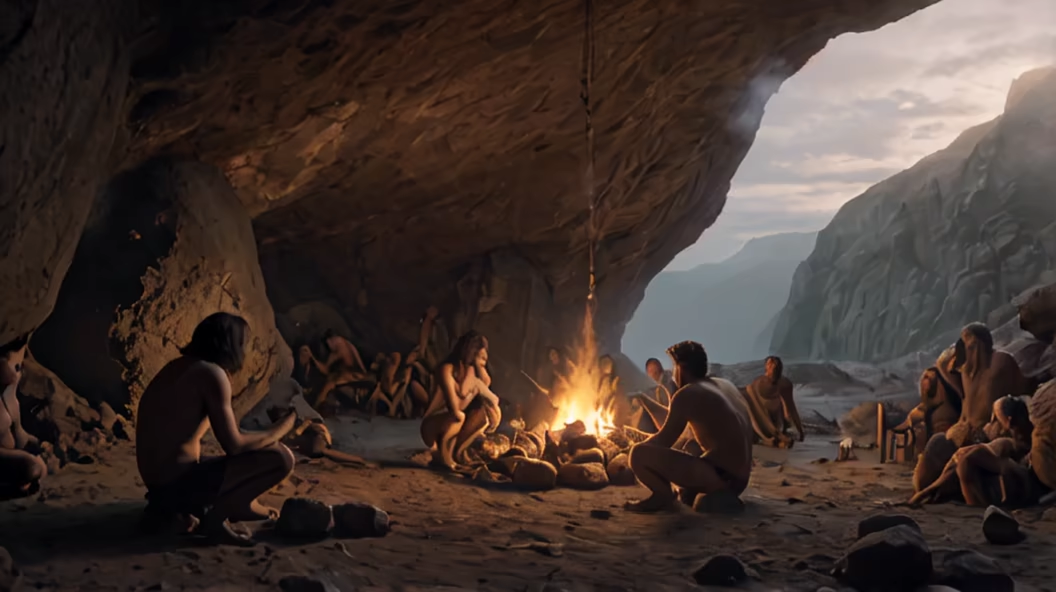
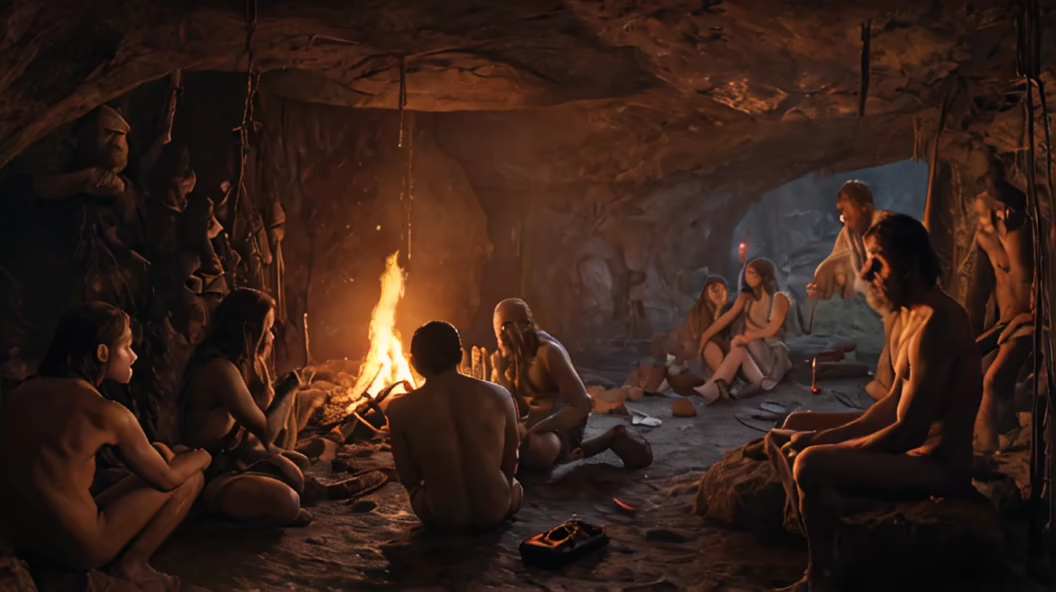










Prompt: front view 4k photograph of a white owl sitting and of pole , very dark night,big moon behind it sillhouette




















